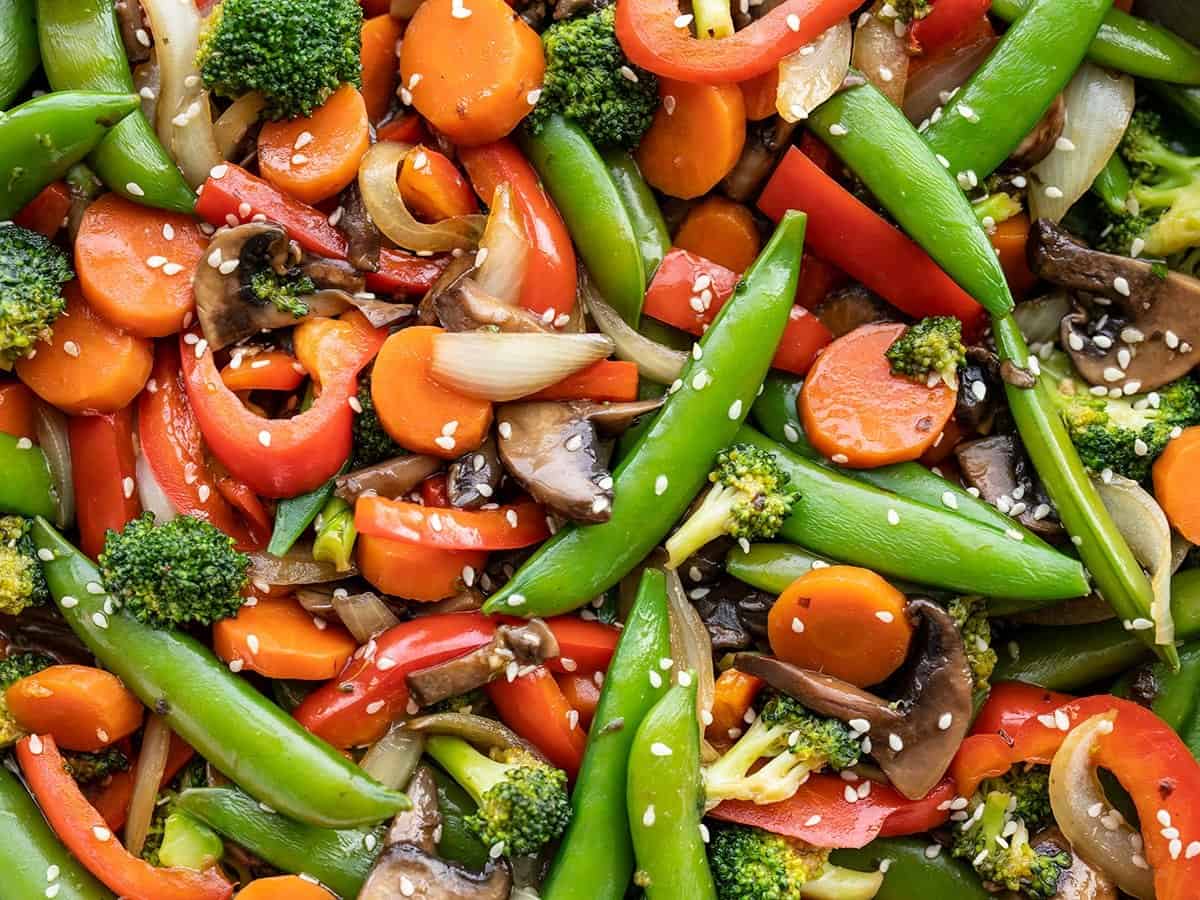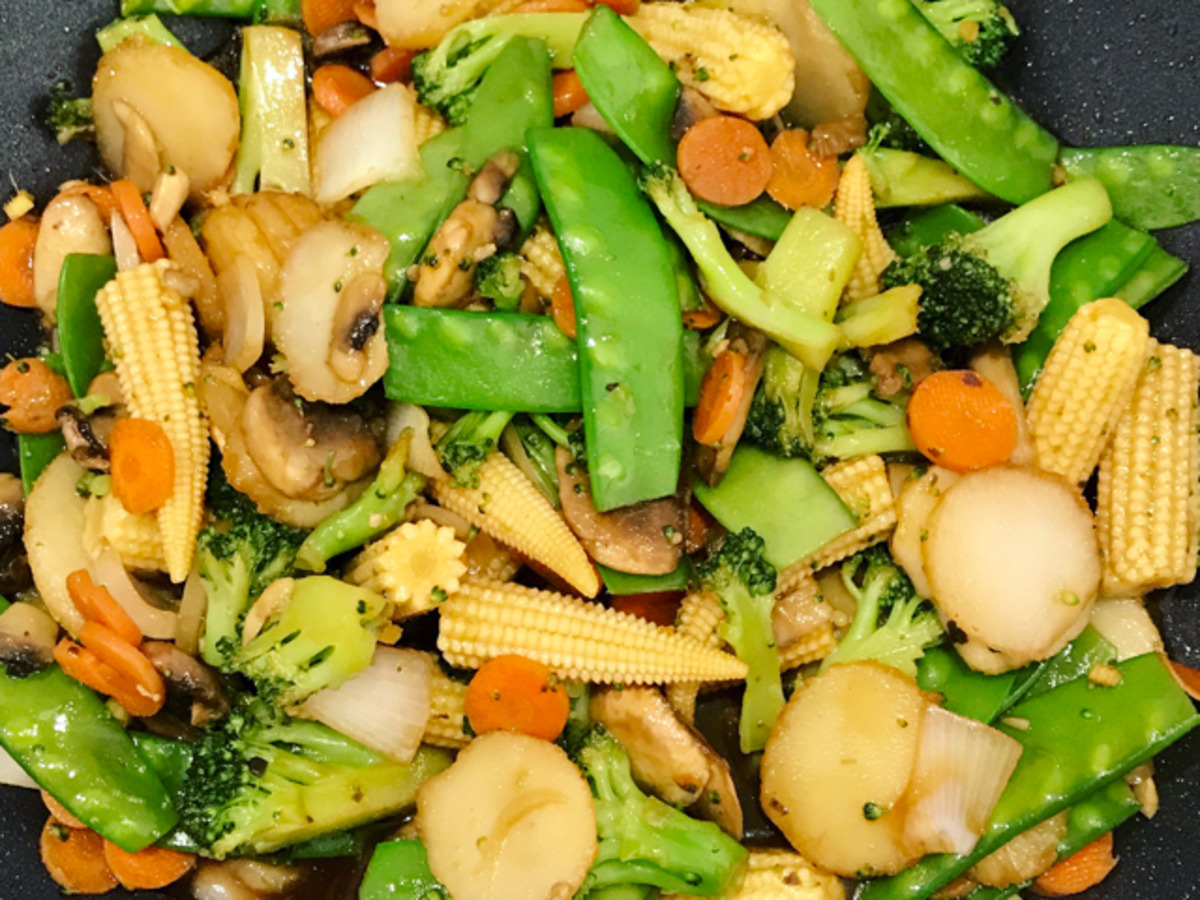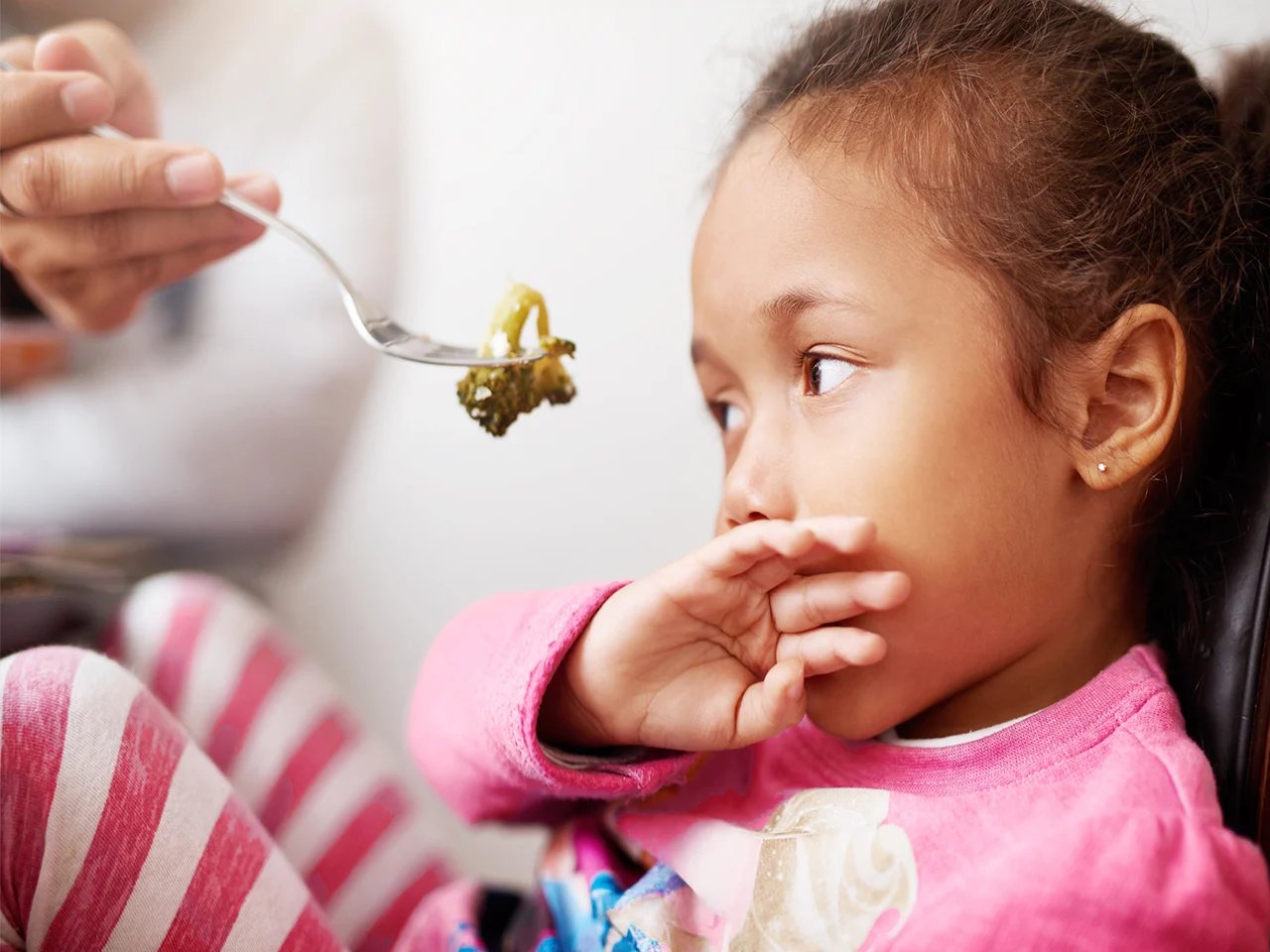Home>Gardening News and Trends>Latest News>How To Make Fried Rice Without Vegetables


Latest News
How To Make Fried Rice Without Vegetables
Published: October 12, 2023
Learn how to make delicious fried rice without vegetables in this latest news. Discover the secret ingredients and steps for a flavorful, veggie-free dish.
(Many of the links in this article redirect to a specific reviewed product. Your purchase of these products through affiliate links helps to generate commission for Chicagolandgardening.com, at no extra cost. Learn more)
Table of Contents
Introduction
Welcome to our guide on how to make delicious fried rice without vegetables. Fried rice is a versatile and satisfying dish that can be enjoyed on its own or as a side dish with other meals. While vegetables are commonly used in fried rice recipes, this version is perfect for those who prefer a vegetable-free option. Whether you have dietary restrictions or simply want to experiment with different flavors, this recipe will show you how to make a flavorful and hearty fried rice without vegetables.
Fried rice is a popular dish in many cuisines, such as Chinese, Thai, and Japanese. It typically consists of leftover cooked rice stir-fried with various ingredients and seasonings. While vegetables like carrots, peas, and bell peppers add color and texture to the dish, they are not necessary to achieve a delicious result. Instead, we will focus on using alternative ingredients to bring out unique flavors and create a satisfying meal.
By omitting vegetables, we open up the opportunity to showcase other ingredients like protein, aromatic spices, and sauces that can elevate the taste of the fried rice. This allows us to experiment with different flavors and create a customized dish to suit our preferences.
In this guide, we will walk you through step-by-step instructions on how to make fried rice without vegetables. From gathering the necessary ingredients to serving the final dish, we will cover everything you need to know to prepare a flavorful and satisfying meal. So, let’s get started and discover the secrets of making delicious vegetable-free fried rice!
Step 1: Gather the Ingredients
The first step in making fried rice without vegetables is to gather all the necessary ingredients. Here’s what you’ll need:
- 3 cups of cooked rice: You can use any type of rice you prefer, but it’s essential to use leftover rice that has been refrigerated for at least a few hours. This helps to dry out the rice and prevent it from becoming mushy during the cooking process.
- Protein of your choice: This can be diced chicken, shrimp, tofu, or even leftover cooked meat like beef or pork. Aim for around 1 cup of protein, ensuring it is cooked and seasoned before adding it to the fried rice.
- 2-3 cloves of garlic, minced: Garlic adds a delicious aromatic flavor to the dish.
- 1 small onion, diced: The onion will lend a sweet and savory taste to the fried rice.
- 2 tablespoons of soy sauce: This will provide the essential umami flavor and add a depth of taste to the rice.
- 1 tablespoon of oyster sauce: Oyster sauce brings a unique savory and slightly sweet taste to the dish. It is readily available in most grocery stores.
- 1 tablespoon of sesame oil: Sesame oil adds a rich nutty flavor and enhances the overall taste of the fried rice.
- Salt and pepper to taste: These seasonings will help bring out the flavors of the other ingredients in the dish.
- 2 tablespoons of cooking oil: You can use vegetable oil, canola oil, or any other oil with a high smoke point for cooking the fried rice.
- Optional garnish: You can add chopped green onions, cilantro, or a sprinkle of sesame seeds for added flavor and presentation.
Once you have gathered all the necessary ingredients, you are ready to move on to the next step: preparing the rice.
Step 2: Prepare the Rice
Preparing the rice is a crucial step in making delicious fried rice without vegetables. Follow these steps to ensure your rice turns out perfectly:
- Take the cooked rice out of the refrigerator and let it come to room temperature. This will make it easier to separate the grains and prevent clumping during the cooking process.
- Break up any large clumps of rice with your hands or a fork. Gently separate the grains so that they are evenly distributed and not sticking together.
- If the rice feels too moist, you can spread it out on a baking sheet or a large plate and let it sit uncovered for about 15 minutes. This will help dry out the rice slightly and ensure a better texture in the final dish.
- Once the rice has reached room temperature and is sufficiently separated, it is now ready to be used for the fried rice. Set it aside while you prepare the other ingredients.
Properly preparing the rice is essential as it allows each grain to cook evenly and maintain its distinct texture. This step ensures that your fried rice has a light and fluffy consistency, rather than being sticky or clumpy.
Now that you have prepared the rice, you can move on to the next step: cooking the protein for your vegetable-free fried rice.
Step 3: Cook the Protein
The next step in making fried rice without vegetables is to cook the protein of your choice. Whether you prefer chicken, shrimp, tofu, or leftover cooked meat, follow these steps to ensure your protein is flavorful and cooked to perfection:
- Heat a tablespoon of cooking oil in a large skillet or wok over medium heat. Allow the oil to become hot but not smoking.
- Add the minced garlic to the hot oil and sauté for about 30 seconds until fragrant. Be careful not to burn the garlic as it can turn bitter.
- Add the diced onion to the skillet and cook for another 2-3 minutes until the onion becomes translucent and slightly caramelized.
- Next, add the protein of your choice to the skillet. If using raw chicken or shrimp, cook them until they are no longer pink and are cooked through. If using leftover cooked meat, simply heat it through until it’s warmed.
- Season the protein with salt and pepper to taste for added flavor. You can also add other seasonings or sauces that complement your chosen protein.
- Once the protein is cooked, transfer it to a plate and set it aside. This will prevent it from overcooking and becoming dry.
Cooking the protein separately from the other ingredients allows it to develop its own flavors and ensures it cooks evenly. It also prevents the proteins from becoming overcooked while the rest of the fried rice ingredients are being prepared.
Now that the protein is cooked, it’s time to move on to the next step: adding flavorful seasonings to your vegetable-free fried rice.
Step 4: Add Flavorful Seasonings
Adding flavorful seasonings is a key step in making tasty fried rice without vegetables. These seasonings will infuse the dish with depth and enhance its overall taste. Follow these steps to incorporate delicious flavors into your vegetable-free fried rice:
- Return the skillet or wok to the stovetop over medium heat. Add another tablespoon of cooking oil to the pan.
- Add the cooked rice to the pan, breaking up any remaining clumps with a spatula or wooden spoon. Stir-fry the rice for a few minutes until it is evenly coated with the oil and begins to heat through.
- Drizzle the soy sauce and oyster sauce over the rice. These sauces will provide a savory and slightly sweet taste to the dish. Adjust the amount of sauce to suit your preference.
- Add the cooked protein back into the skillet or wok with the rice. Stir-fry everything together for a few more minutes, ensuring that the protein is evenly distributed throughout the rice.
- Drizzle the sesame oil over the fried rice and give it a good toss. The sesame oil will add a rich nutty flavor and enhance the overall taste of the dish.
- Taste the fried rice and adjust the seasoning if needed. You can add more soy sauce, salt, or pepper to suit your taste preferences.
Adding the seasonings during the stir-frying process allows the rice to soak up the flavors and ensures an even distribution of taste throughout the dish. It also helps to further develop the flavors of the protein and other ingredients in the fried rice.
With the flavorful seasonings incorporated, it’s time to move on to the next step: cooking the rice in the skillet.
Step 5: Cook the Rice
Now that the ingredients are well-seasoned and mixed, it’s time to cook the rice and bring all the flavors together. Follow these steps to ensure your vegetable-free fried rice is cooked to perfection:
- Continue cooking the rice and protein mixture over medium heat, stirring occasionally. This will allow the rice to heat through and absorb the flavors of the seasonings.
- If the rice appears dry, you can add a splash of water or chicken broth to moisten it. This will also help prevent the rice from sticking to the pan.
- For added flavor and texture, you can create a well in the center of the pan and crack in an egg. Scramble the egg in the center and gradually incorporate it into the rice mixture.
- Continue cooking, stirring occasionally, until the rice is heated through and the flavors have melded together. The rice should be slightly crispy on the outside while remaining tender on the inside.
- Once the rice is cooked to your desired consistency, remove the skillet or wok from the heat. The fried rice is now ready to be served.
Cooking the rice in the skillet allows it to absorb the flavors and develop a delightful texture. The heat and constant stirring ensure even cooking, resulting in a perfectly balanced and flavorful vegetable-free fried rice.
Now that the rice is cooked, it’s time for the final step: serving and enjoying your delicious homemade fried rice.
Step 6: Serve and Enjoy
Congratulations! You have successfully made delicious fried rice without vegetables. Now, it’s time to serve and enjoy your flavorful creation. Follow these final steps to complete your vegetable-free fried rice:
- Transfer the hot fried rice to a serving dish or individual plates. Use a spatula to ensure you get all the tasty bits from the skillet.
- Garnish the fried rice with chopped green onions, cilantro, or a sprinkle of sesame seeds. These optional toppings will add freshness and visual appeal to the dish.
- Serve the vegetable-free fried rice as a main course or as a side dish alongside your favorite protein, such as grilled chicken or beef.
- Squeeze a wedge of fresh lime over the fried rice just before serving. The citrusy brightness of the lime will elevate the flavors and provide a refreshing tang.
- Pair the fried rice with a side of pickled ginger, soy sauce, or chili sauce to add an extra kick of flavor.
Enjoy your homemade vegetable-free fried rice while it’s still hot and flavorful. The combination of well-seasoned rice, protein, and aromatic ingredients will surely satisfy your taste buds.
Feel free to experiment with different variations by adding your favorite spices, herbs, or sauces to cater to your personal preferences. You can also customize the dish by adding different proteins, such as seafood, tofu, or even leftover roasted meats.
Now that you’ve mastered the art of making delicious fried rice without vegetables, don’t hesitate to wow your family and friends with your culinary skills. Whether enjoyed as a quick weekday dinner or served at a special gathering, this vegetable-free fried rice is sure to be a hit!








